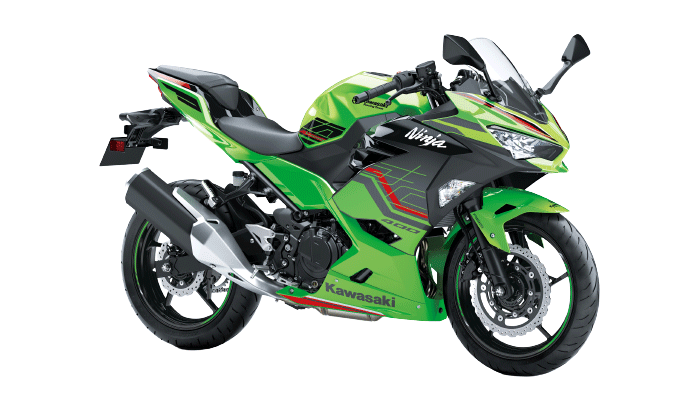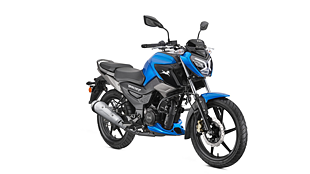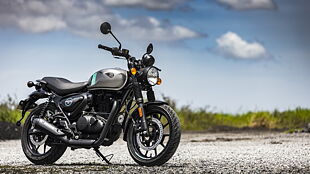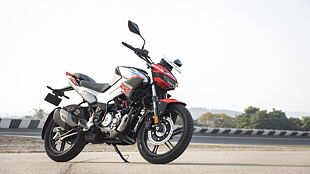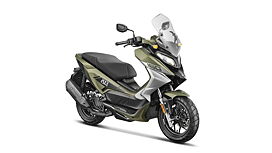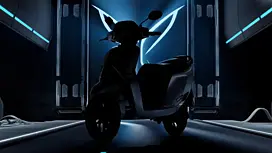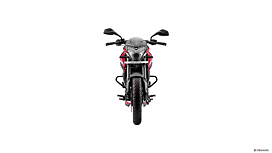Page 1

The world of motorcycles was born when a gentleman who got bored of pedaling decided to strap a motor to his cycle. Ever since, motorcycles have evolved from being just an easier mode of transport to war horses to a lifestyle to an expression of freedom of thought. Now, it has become an expression of power – the power to go mad and to go mad with power. It has become a manifestation of the ability to do the unthinkable just like Kawasaki has done with its H2 production concept – a supercharged motorcycle.
Let us go back a bit in history – just over a century ago when engineers were still fiddling with steam engines for motored cycles for about two decades. The internal combustion engines started featuring on motorcycles just at the beginning of the 20th century. It began with single cylinder mills followed by the V-twins, parallel twins, boxer twins and the inline fours soon made themselves at home on the motorcycle chassis. The inline threes, v-fours and the v-fives were developed in the latter half of the 20th century.

Automotive production and racing has always gone hand in hand and moreover in the case of motorcycles. Motorsports have always contributed in accelerating the development of automotive technology. As motorcycle racing picked up pace again after the World War II, motorcycle technology development got a boost. Until the 50s, motorcycles were largely associated with the British, Germans, Italians and the Americans. With the Japanese entering the scene, a whole new perspective was added to motorcycle manufacturing. The European and American motorcycles had always been heavily built and stuffed with power. The Japanese built lightweight motorcycles with limited power but they could match the first world motorcycles’ performance on track owing to their power-to-weight ratio.
It is the twenty-first century now and motorcycle engineering has developed by leaps and bounds. New lightweight alloy composites have been developed to make the components stronger and lighter. The lighter valves, stronger pistons, articulated connecting rods have reduced the inertia of the moving parts making the engines more rev happy . New engines rev happily to over 14000rpm. The ability of the components to take mechanical and thermal stresses has increased multifold helping designers increase the compression ratios for more power. The transmissions have reduced in size and weight but their capacity to transfer power and torque has gone up. Motorcycles that started with power figures in single digits are boasting figures just over 200bhp for production motorcycles while the race-bred machines are just under 250bhp. With lighter frames and panels, even the production motorcycles have started boasting of power-to-weight ratios of 1000bhp per ton – something that was considered a big achievement about a decade ago.
Page 2
In the last couple of years though, motorcycle engineering seemed to have hit a road-block or a plateau. This may probably be owing to the global economic meltdown when big corporations cut down on their expenditure, and research and development activities had to take the back seat. Now that the world economy is picking up pace again, we have been happily surprised by Kawasaki’s latest development – a production supercharged motorcycle engine called the ‘H2’. It is not the first time that engineers have played with the idea of building a supercharged motorcycle engine. DKW successfully built supercharged two stroke motorcycle engines back in the 1930s but lost their identity in the annals of history. Latest attempts were made by Bimota with the DB11 VX and the The Vyrus developing 211bhp was the most powerful production motorcycle in 2010.

Coming back to the H2 concept, Kawasaki has released only an audio clip of the setup and the bike fanatics at Bikewale just can’t seem to have enough of it. We have run over that clip again and again to make something out of it. Kawasaki had launched the H2, back in 1972 with a 74 horsepower three cylinder engine. With its insane power delivery and the quarter-mile drag timings of 12.0 seconds stock, it soon became the king of the streets.
Taking into account the observations from the audio clip and the history of the H2, we were more inclined towards a three pot 750cc engine but the fly-by strongly suggested an inline four. After a lot of deliberation we think it may be an inline four – a litre-class engine based on the current Kawasaki ZX-10R engine. We had also considered the 14R engine as a possibility but a 1440cc supercharged engine would be total insanity. We already know how mad the 10R is and with the buzz from the automotive world that the power figures would probably be a bit more than the speed all superbikes are limited to under the gentleman’s pact – all we see is decimation of all stats we have ever encountered before. I would not be surprised if the 0-60 mph time hovers just around 2 seconds or the quarter-mile drag time is just about 9 seconds – we are talking about a supercharged engine!

The Kawasaki H2 concept motorcycle to be unveiled at the Intermot show in Cologne later this month may have just opened a new realm of motorcycle technology for the future. With Honda going for a V5 construction for its CBR1000RR Fireblade and other manufacturers trying different things to maneouvre around this roadblock, we may have quite a few surprises lined up.
One big challenge for all this power for being usable is going to be the tyres. Though the engines and frames would be designed to take up the challenges, all this power has to be transferred to the tarmac from a single wheel. It is recommended to change tyres for the Hayabusa every 2,000 miles to extract the best performance which means it would be just over a 1,000 miles for motorcycles so powerful. Another big challenge is the usability of such power. There may not be roads safe enough to even use 75 per cent of such power anywhere in the world. This may become the Bugatti Veyron of the motorcycle world – a technical marvel that wows everyone but can never be used to its potential except for the race-track!
Gallery
1/4
Double Tap to Zoom





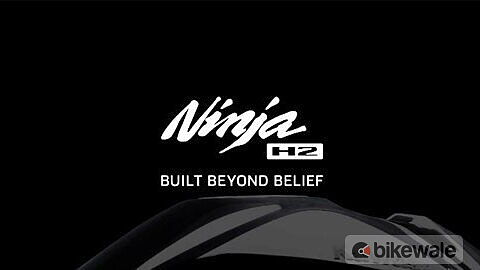



![Kawasaki Ninja ZX-14R [2015] Image Kawasaki Ninja ZX-14R [2015] Image](https://imgd.aeplcdn.com/272x153/bw/models/kawasaki-ninja-zx-14r-standard-500.jpg?20190103151915&q=80)
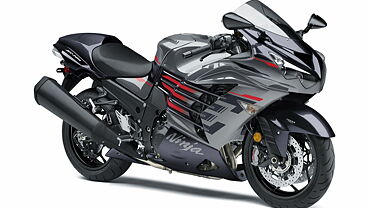
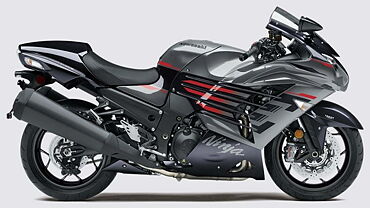
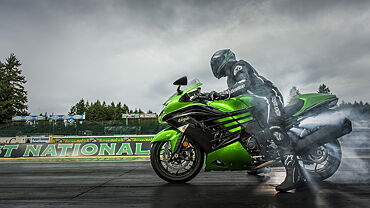
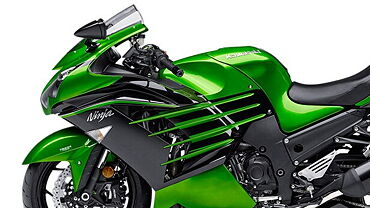
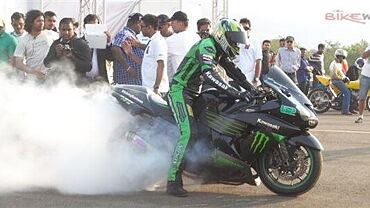
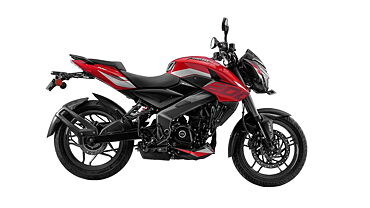
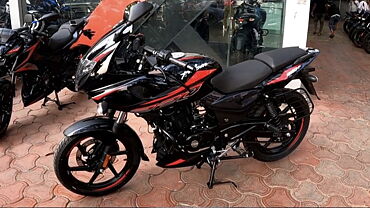
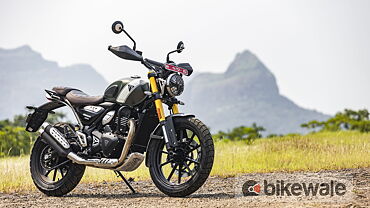
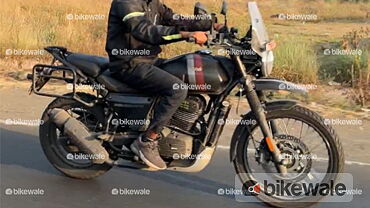
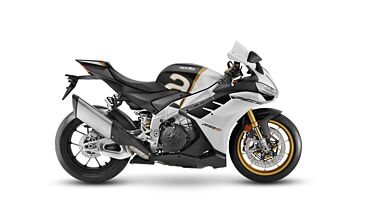
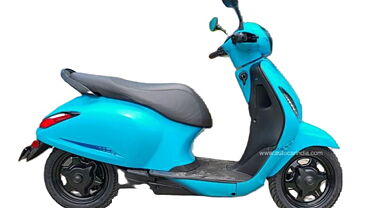
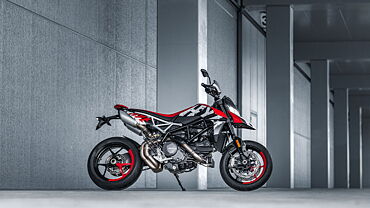


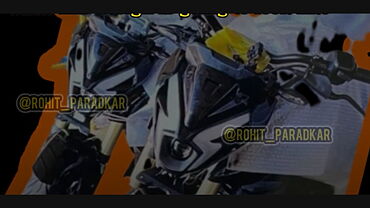
![Kawasaki Ninja ZX-14R [2015] Wheels-Tyres Kawasaki Ninja ZX-14R [2015] Wheels-Tyres](https://imgd.aeplcdn.com/199x112/bikewaleimg/ec/663/img/l/Kawasaki-Ninja-ZX-14R-Wheels-tyres-3690.jpg?v=201711021421&q=80)
![Kawasaki Ninja ZX-14R [2015] Exterior Kawasaki Ninja ZX-14R [2015] Exterior](https://imgd.aeplcdn.com/199x112/bikewaleimg/ec/663/img/l/Kawasaki-Ninja-ZX-14R-Exterior-3686.jpg?v=201711021421&q=80)
![Kawasaki Ninja ZX-14R [2015] Exterior Kawasaki Ninja ZX-14R [2015] Exterior](https://imgd.aeplcdn.com/199x112/bikewaleimg/ec/663/img/l/Kawasaki-Ninja-ZX-14R-Exterior-3685.jpg?v=201711021421&q=80)
![Kawasaki Ninja ZX-14R [2015] Seat Kawasaki Ninja ZX-14R [2015] Seat](https://imgd.aeplcdn.com/199x112/bikewaleimg/ec/663/img/l/Kawasaki-Ninja-ZX-14R-Seat-3689.jpg?v=201711021421&q=80)
![Kawasaki Ninja ZX-14R [2015] Indicator Kawasaki Ninja ZX-14R [2015] Indicator](https://imgd.aeplcdn.com/468x263/bikewaleimg/ec/663/img/l/Kawasaki-Ninja-ZX-14R-Indicator-2655.jpg?v=201711021421&q=80)
